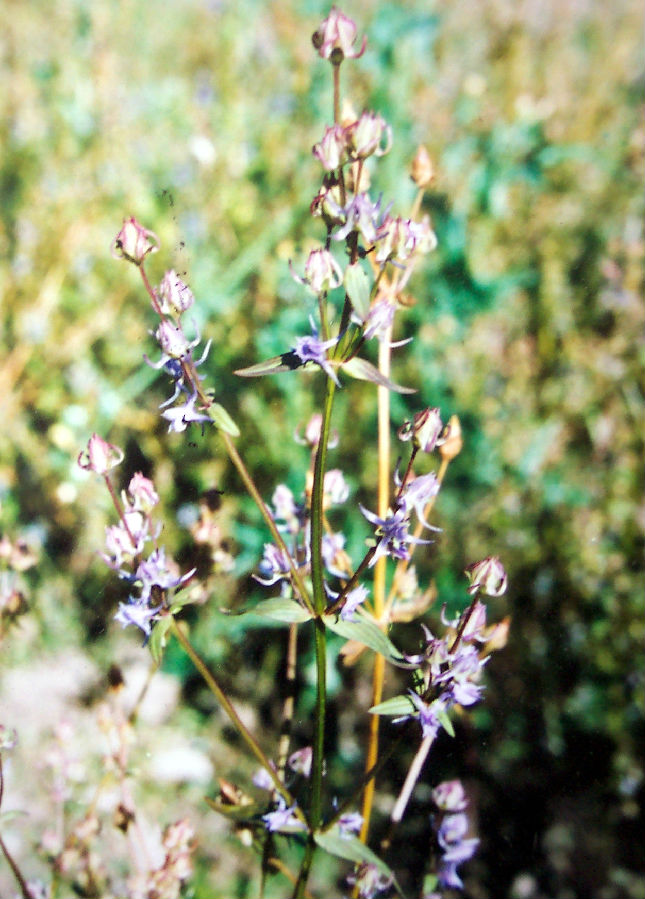You are listening to NEWS Plus Special English. I'm Mark Griffiths in Beijing.
Soot aggregates are the most harmful matter in PM2.5.
Chinese scientists revealed that of the four main categories of PM2.5, fluffy soot aggregates are highly adhesive and cause the most irritation, making them the most harmful to the human body.
The study was carried out jointly by experts from the College of Engineering of Peking University, Soochow University in east China and the Chinese Center for Disease Control and Prevention.
The study found that when soot aggregates come in contact with the human body, their high adhesiveness prolongs contact between the skin and pollutants.
Based on this, scientists came to the conclusion that carbon-rich fluffy soot from the incomplete combustion of hydrocarbons produces the most harm.
Particulate matter with an aerodynamic diameter of 2.5 micrometers or less, known as PM2.5, has long been a major concern for China in terms of air pollution, especially in cities including Beijing and Shanghai.
The research marks the first time the Nano scale characterization of PM2.5 airborne pollutants was revealed.

This is NEWS Plus Special English.
Work on the world's first roll-on-and-roll-off ship powered by two kinds of fuel has begun.
The ship, which can carry 3,800 cars, is the first "ro-ro" powered by liquefied natural gas. It is manufactured by Nantong COSCO KHI Ship Engineering Company, the NACKS. The NACKS is a joint venture between China Ocean Shipping Group, COSCO, and Kawasaki Heavy Industries from Japan.
The carrier will run on liquefied natural gas while sailing through the Baltic and North Sea due to strict European environmental requirements, and can be powered by conventional fuel in other regions.
The ship has been designed independently by the NACKS and consumes less fuel and emits less carbon dioxide and other waste, compared with conventional carriers.

This is NEWS Plus Special English.
Medicine experts in southwest China's Tibet Autonomous Region have announced a quality evaluation standard for Mirabilis Himalaica, an endangered herb used in Tibetan medicine to promote urination and treat many kidney related diseases.
Mirabilis Himalaica, the wild herb which grows on plateau areas at heights between 700 and 3,300 meters above sea level, can only be found in Tibet and southwest China's Sichuan Province.
The endangered species is widely used in clinical practice, and is one of the most effective medicines to cure kidney related diseases.
Tibetan medicine is more than 2,000 years old. It has absorbed the influences of traditional Chinese, Indian and Arab medicine and is practiced in Tibet and the Himalayan region.
Like traditional Chinese medicine and in sharp contrast to biomedicine, Tibetan medicine uses herbs, minerals and sometimes insects and animals for treatment.
However, the quality standard system of Tibetan medicine lags behind.
During the study, the researchers established an evaluation method by combining both component measurement and the analysis of infrared spectroscopy. This is the first quality control standard among rare Tibetan medicine herbs.
The standard will help provide further scientific evidence for growing the herb and improving the traditional medicine's safety and effectiveness.












